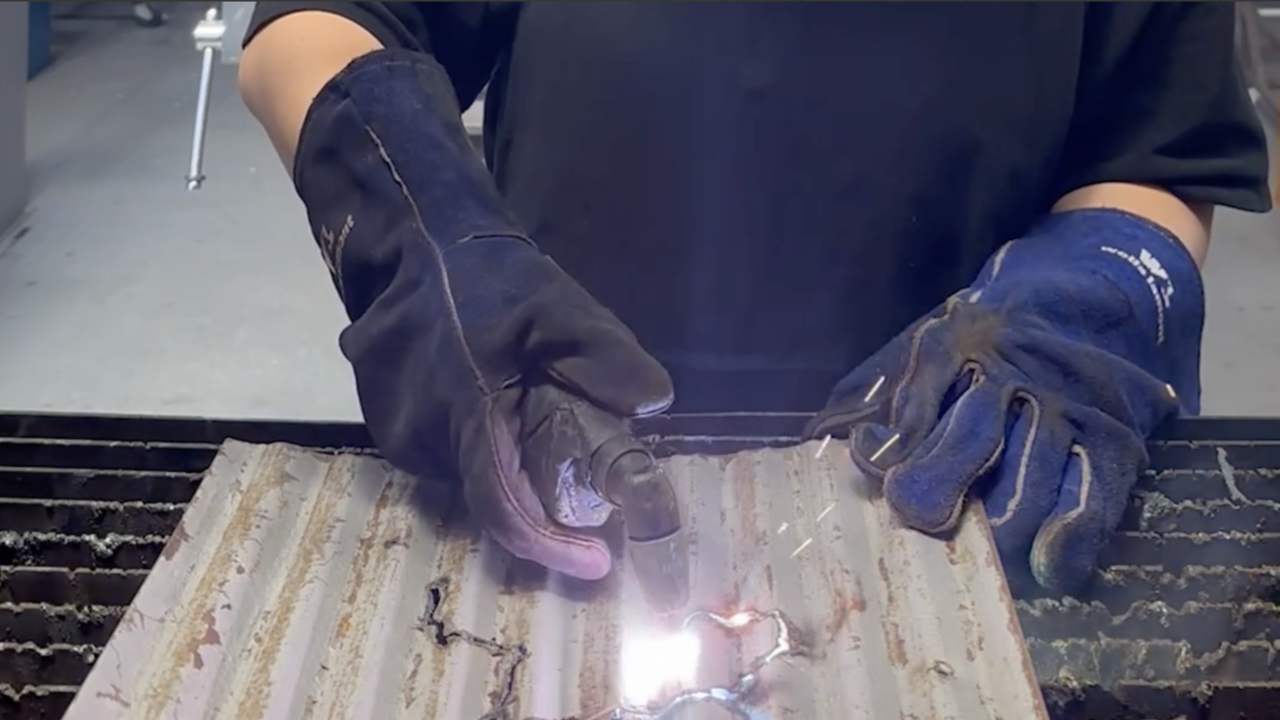If I Were a Rich Man
The shifting iconography of the wealthy
The shifting iconography of the wealthy
Snake eyes! I land on Community Chest and draw a card. Rich ‘Uncle’ Pennybags – an old sobriquet for the Monopoly board-game mascot –has given me a tax refund; I collect 20 ‘dollars’ and roll again. Hard six: on to Vermont Avenue. I’ll buy it anyway – the rate of return and the odds of landing on it are too low to make it worth developing, but it might be good for a later trade. However, this strategy won’t guarantee that the feisty Scotty Dog I’ve chosen as my playing piece will become ‘top dog’. My sights are not aimed at the ghetto, but on the middle class – there’s more money there. I roll again … a nine. Advance to New York Avenue. The rent is higher, and the houses not too expensive to build. More importantly, this orange-coded neighbourhood lies between the jail and the go-to-jail spaces: bang in the middle of a regulatory loop that draws heavy traffic. Turning to my opponents, I wonder: what kind of character selects the Thimble, and who selects the Racing Car? The dice exchange, and the humble Thimble lands on Connecticut Avenue, a blue-coloured group like my own Vermont. Thimble buys it.
Although part luck and part numbers, Monopoly also requires a public face. There can be only one winner, but you can’t succeed on your own. You need to trade and the key to doing it well is deception. For example, I need to convince the Thimble to do something that might be against his best interest while, at the same time, make him think the trade actually helps him out. I offer up Vermont and money for St. James Place, and Thimble takes the bait.
My roll – it’s a four. I land on Tennessee Avenue. I buy it and claim my orange monopoly card. I roll again, and land on Chance. Mr Monopoly greets me again, this time smoking a stogie in delight as the bank pays me a cool 50. After this second payout, I begin to like Mr Monopoly, but who is he? The name of the artist who first drew him is lost to history, but the odds-on bet for his inspiration is Wall Street banker J.P. Morgan. Just like Morgan, Mr Monopoly sports a handlebar moustache, tuxedo, top hat and cane. Although familiar, he’s a relic of a bygone age, his fashion seemingly as dead as Morgan himself.
I decide to develop my orange properties. I put four houses on each and skip the idea of trading them in for hotels – this keeps 12 of the 32 houses out and sets up a shortage. I’m also trying not to look too flash, too arrogant to trade with. I want to be the kind of player everyone likes, the one that people don’t mind losing to. Image management could be the key: maybe the Scotty Dog was a bit too uppity, and perhaps I should have been the down-to-earth Iron? Look at Mr Monopoly sitting there in the centre of the board with his hand outstretched, as if welcoming you like a friend. Now in his second iteration, he has figured out his public image – in older versions of the game he was younger, with greased-back hair like an untrustworthy schemer.
In the real world, the mega-rich themselves have changed their public face over the years too. Morgan’s Gilded Age ‘master of the universe’ dandy look gave way to the non-descript ‘suit’ of the 1950s and ’60s. This dull conformity gave rise to the image of ‘The Man’, a hegemonic figure of uniform control. Bucking this trend, hippie entrepreneurs such as Richard Branson – long hair, scruffy beard and open-neck shirt with no tie – came forward to say: yes, I am fabulously rich but really I’m as normal and laid-back as you guys. Possibly following the lead of celebrities, who downgraded from the classic Hollywood glamour of yesteryear to the incognito outfit of big sunglasses, hoodies and hats, the image of the mega-rich has also followed a discreet slide into luxury low-profile ordinariness, a sort of dull beige casualwear, which if it were not for being worn on the mega-yacht in Venice, might pass for anyone, anywhere, at anytime. Could one of my dressed-down opponents, maybe the Thimble, be a one-percenter?
The game continues; we all have properties, are all collecting rent. Now would be a good time to try and land in jail so I don’t land on my opponents’ holdings. Luck prevails and I get thrown in the slammer. I don’t have enough cash to bail myself out and am forced to try and roll for doubles, but whilst the others move around the board, they inevitably land on my properties and I collect increasingly higher rents. Feeling clever, I kick back and glance at the tv while I bide time. There, on the screen, is a familiar ghost.
A 20-something is dressed as an old white man donning a tuxedo, with fake handlebar moustache, top hat and cane, surrounded by bags of gold bearing the word ‘bonus’. Placards around him complain about corporate greed, but why are these Occupy protesters using my old friend Mr Monopoly to caricature contemporary hedge fund managers like John Paulson or some bric oligarch? And gold – who uses that these days? Maybe he should be holding a bunch of contracts, but then again, that just looks like any old paper. Morgan’s outfit today still more immediately signals extreme wealth than khakis and polo shirts, but the whole get-up is an anachronistic misfire, unless you think checking into the Burj Dubai in white gloves and tails is less strange than Mark Zuckerberg doing so in a hoodie. How, then, might we draw an image of wealth today?
Like Zuckerberg’s hoodie, uniform banality might be one depiction, complimented by the cookie-cutter mould of the Burj’s interior, which looks no different to any luxury hotel in London, New York or Shanghai. Maybe that’s the role the Thimble is trying to play as it nonchalantly gobbles up Vermont and Connecticut. But what about my other foe, the flashy racing car? Props such as mega-yachts or Damien Hirst paintings are certainly the trappings of the high-roller and could also be used to depict wealth. To picture our new Mr Monopoly we need to draw his image in his playground, but the problem is that few of us have grasped the rules he plays by, and we need to know them if we are going to attack him in the game, or out in the streets.
Just as non-style passes seamlessly from luxury hotel to luxury hotel, money today moves silently under the veil of complex and deregulated financial instruments replete with elusive names like ‘cdo’, ‘siv’ and ‘mbs’. We can’t really draw any iconography out of these – they’re better left to graphic calculators than drafting tables. It’s not like the Monopoly board where all the players can see each other’s holdings. But then again, ‘transparency’ isn’t how I plan to win; I want to use my guile to exploit the hidden structures of the game and rig the system in my favour – remember my loopholes and my artificially created shortages?
Aestheticizing an opponent’s looks and accessories distracts critical attention away from the way the game itself is played. But even if the shiny topper, bespoke coat and silver-tipped cane of Mr Monopoly is the wrong metaphorical icon of late capital, there’s his politician-like smile and the ‘invisible’ power of his outstretched hand. If you want to draw a new avatar of the dominant economic order, it might be best to look not just at bankers, but to also check what hat they’re wearing. Just ask former Co-Chairmen of the board of Goldman Sachs and former United States Secretaries of the Treasury Robert Rubin and Henry Paulson, or question Mitt Romney, former Bain & Company ceo turned Governor of Massachusetts, turned …
















